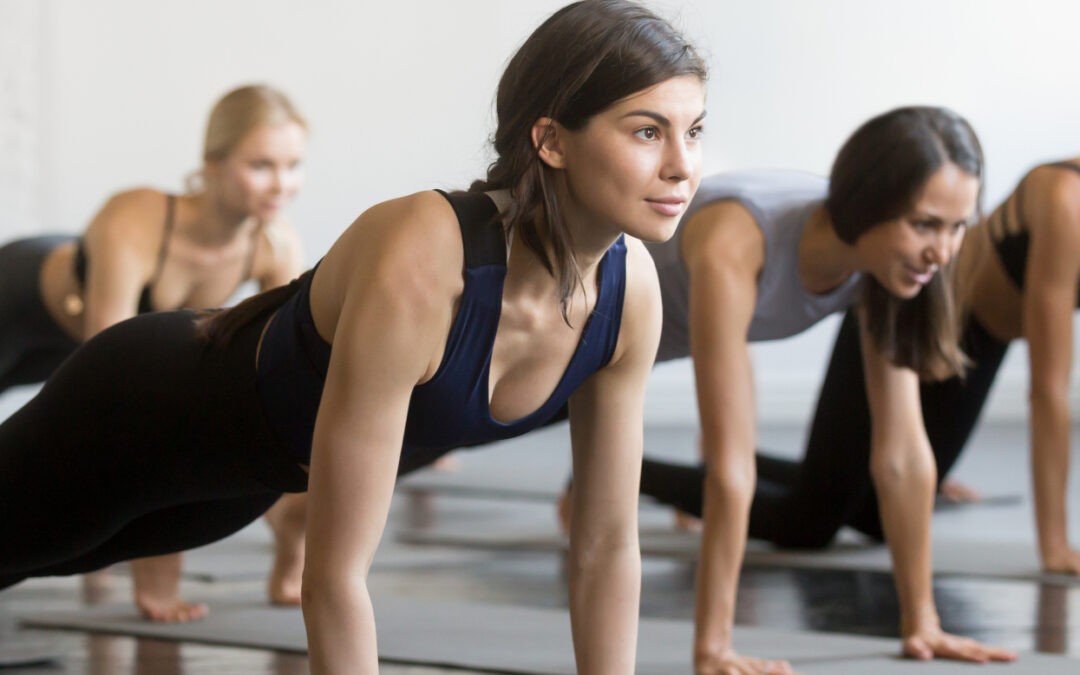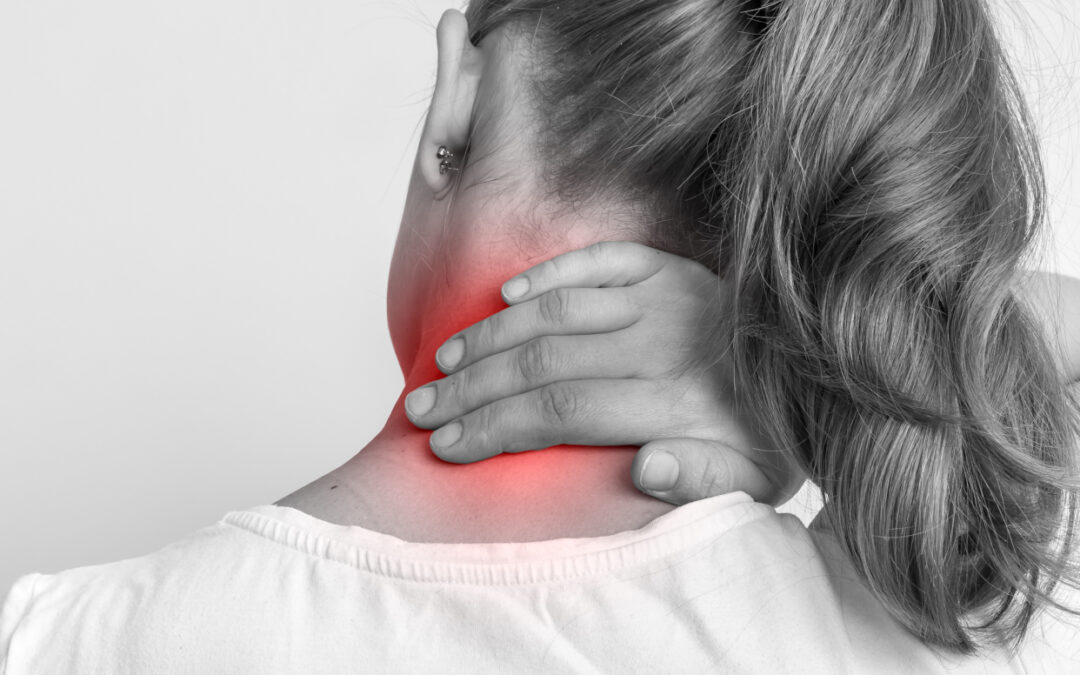Summer is coming, the weather is picking up and more of you will be taking to the roads to get some exercise. The most common injury we see with cyclists is knee pain. Below is a brief summary of some potential causes. This list is by no means exhaustive, but is intended to cover a few things you can change or work on to improve your symptoms.
- Seat height
- Cleat position
- Lower limb stability
Seat height
Having your seat height too high often causes rocking of the hips. This can cause hamstring injuries as the leg is extending further than the optimal amount at the bottom of the downward stroke. If we think about how many revolutions the legs make on a 50 mile ride this is can prove to be problematic. This can present as pain behind the knee on either the medial or lateral side, although can present anywhere up the posterior thigh.
Equally, having your seat too low or cranks that are too long can cause excessive flexion at the hip and knee. Over time this can affect your hip flexors which are working in a shortened position and not able to extend out. This can cause tightness through the quads, specifically rectus femoris which can cause problems with the anterior knee and the quad tendon just below the patella, and TFL, which directly influences the IT band and therefore the lateral knee.
Lower limb stability
Weakness in the lower limb can cause inefficient cycling, and often presents as the knee dropping toward the top tube on the downward stroke as pressure is applied through the leg. Weakness in the glute medius muscle is a contributor to this as one of its roles is to stabilise the pelvis under load. In addition, this may be coupled with a weakness through the medial quad (VMO) further allowing the knee to drop inwards, as VMO is a medial stabiliser of the knee. Weakness through the glute medius may also be coupled with an over dominant TFL muscle, which feeds into the iliotibial tract (along with glute max), therefore affecting the lateral knee.
Both of these scenarios can cause patella tracking issues which can create pain anywhere around or beneath the patella as it cannot track correctly in its groove due to poor alignment. A trip to your local sports injury therapist is the best advice in this case to provide a full assessment, manual therapy and rehabilitation to regain balance in the muscles.
Cleat position
Cleat positioning, in my opinion, is the most difficult element of a bike set up. A few millimetres out and the knee can be forced to move in an unnatural way, thus causing pain in the patella area or causing a pulling or rotation during the stroke as the leg tries to find a better position. This may also affect the medial and collateral ligaments of the knee.
Some cleats allow for a degree of rotational ‘float’ which allows the foot to rotate medially or laterally a little once clipped in, this is often between 4-6 degrees. It is worth trying to look at how you walk and how your feet sit naturally before trying to set up your cleats. Are your feet naturally externally rotated or ‘duck footed’? or are you internally rotated or ‘pigeon toed’?. A tip is to sit on a chair or sideboard that allows your feet to be off the ground and see how your feet hang down. Try to get your hip and knee at roughly 90 degrees and sit far back on the chair. Ideally you would re-create this position on the bike to get the best position of comfort. You can also go for a ride without cleats and keep an eye on what your feet like to do when not clipped in.
Another element of cleat positioning that needs to be considered is whether they need to be moved in towards the bike or out towards the edge of the pedal. Commonly, if pain is presenting in the medial leg as a result of cleat positioning you may need to move the cleat to the inside of the shoe, therefore putting your foot further out towards the edge of the pedal. Conversely if you are experiencing pain on the lateral knee due to cleat positioning you may wish to try moving the cleat to the outside of the shoes, putting the foot closer to the bike. If in doubt it is worth consulting a bike fit specialist who can watch you ride and set up your cleats for you.
The good news is that most knee pain can be rectified with the right bike set up and a little help from a sports injury therapist.
Happy riding!
Elly




